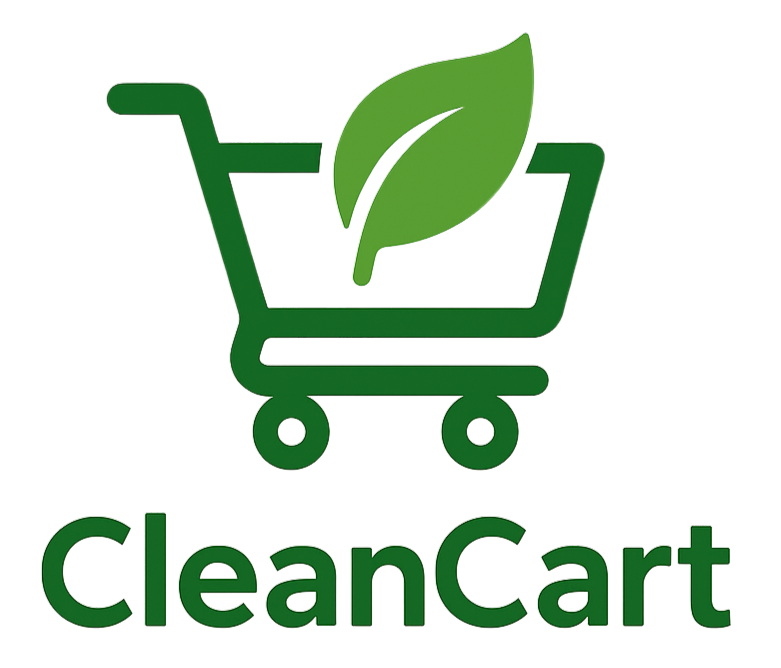Understanding Food Additives
Food additives are substances added to food to preserve flavor or enhance taste, appearance, or other qualities. Some are derived from natural sources, while others are synthetic.
What Are E-Numbers?
E-numbers are codes for substances used as food additives, usually found on food labels throughout the European Union. The "E" prefix stands for "Europe" and indicates that the additive has passed safety tests and is approved for use in the EU.
Additive Categories
- Colors (E100-E199): Add or restore color in food
- Preservatives (E200-E299): Prolong shelf life by protecting against deterioration
- Antioxidants (E300-E399): Prevent oxidation leading to rancidity or color changes
- Thickeners & Emulsifiers (E400-E499): Modify texture or consistency
- Acidity Regulators (E500-E599): Control acidity or alkalinity
- Flavor Enhancers (E600-E699): Enhance existing flavor without adding their own
- Sweeteners (E900-E999): Provide sweetness with fewer or no calories
Risk Assessment
In our database, additives are categorized into risk levels:
Strong evidence linking to adverse health effects or conditions such as cancer risk, hormone disruption, or neurological effects.
Some evidence of potential concerns or adverse reactions in certain individuals. May be problematic for people with specific sensitivities.
Generally recognized as safe with little to no evidence of adverse effects in most people when consumed in reasonable amounts.
Note: Risk assessments are based on available research and may evolve as new studies emerge. Individual sensitivities vary—what affects one person may not affect another.
